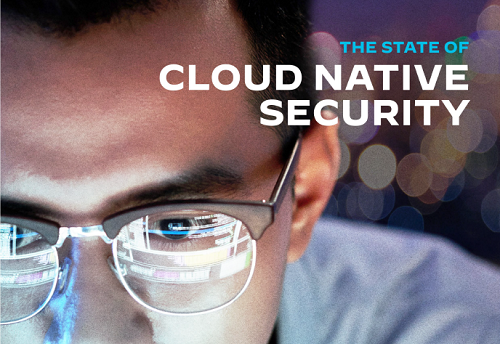As the engine that powers business, science, education, government and so many other human endeavours, computing has evolved enormously over the past few decades – and that evolution is accelerating.
Today, the focus is less on the hardware underlying computing and more on the application itself – the thing that delivers actual value. We abstract computing away from the hardware as much as possible, in myriad ways: the concept of the cloud itself, as well as the specific technologies for operating in the cloud, such as virtual machines (VMs), infrastructure as a service (IaaS), platform as a service (PaaS), containers, managed container services such as Kubernetes and more.
As we adopt all these enabling technologies, we introduce a new responsibility: securing cloud systems and the data we’re running on them. The need to address threats such as operating system and application vulnerabilities, cross-site scripting or SQL injection, and accessing data at rest has created an entire market for security tools and services. Today we have a whole new set of decisions to make, security plans and protocols to create, and processes to develop and implement.
That’s why you now have this STATE OF CLOUD NATIVE SECURITY report in front of you. The companies behind this survey and research project all want to better understand the landscape our customers are operating in, so we can do a better job of helping them. We also want to share the knowledge we’ve gained with you, and everyone involved with securing the cloud, to keep our and our customers’ information safe and secure.
About the report
The first STATE OF CLOUD NATIVE SECURITY report from Palo Alto Networks and Accenture outlines the practices, tools and technologies that companies around the world use to manage security for cloud native architecture.
Based on a survey of 3,000 professionals in cloud architecture, information security, DevOps and application development located across five countries and five industries, this report will help you make decisions about your own cloud transformation or cloud use, so you can realize the full potential of cloud. The information and recommendations we share are based on a proprietary set of recently gathered and rigorously analyzed data. To learn how we conducted our survey and analyzed the results, read the Methodology section of this report.
What we have learned from this survey – along with the feedback we hope to get from you and others in the IT and InfoSec communities – will help us create a new survey next year, and every year, that will enable us all to continually learn about and improve our industry.

